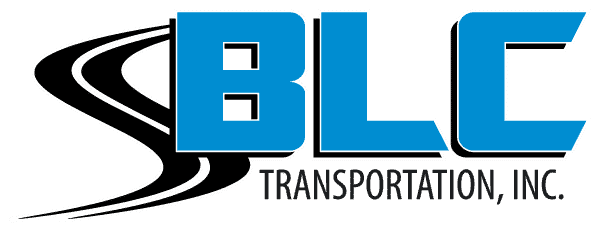If you’re considering a career change, there’s never been a better time to become a truck driver. The U.S. Bureau of Labor Statistics predicts steady growth in the field, with about 260,000 new job openings for truck drivers becoming available every year for at least the next decade. What education is required to be a truck driver? If you’re considering a career on the open road, our comprehensive guide will help you get started.
Becoming a Truck Driver
Truckers are an indispensable part of the United States economy, moving 72.5 percent of the country’s freight. Nearly every industry relies on trucking, including all the following:
- Oil and gas
- Construction and building materials
- Grocery
- Public Utilities
- Healthcare
- Commercial manufacturing
- Waste
- Retail
- Restaurants and hospitality
- And many more
In other words, the demand for truckers isn’t going anywhere. If you have the skills and experience required, you won’t struggle to find a job as a trucker. One of the benefits of a trucking career is the relatively low barrier to entry. Unlike other careers, which can require years of expensive education or training, the education requirements to become a truck driver are relatively simple.
What Education Is Required to Be a Truck Driver?
So, what education is required to be a truck driver? The only education you need is a high school diploma or a GED. To get a trucking job, you’ll also need to meet a few other basic requirements:
- Having a regular driver’s license
- Having a clean driving record
- Proof of U.S. citizenship or lawful permanent residency
- Meeting minimum age requirements
- Being physically healthy enough to operate a truck
Provided you meet these conditions, you only need a commercial driver’s license (or CDL) to become a truck driver.
CDL Training
To get your CDL, you’ll need to enroll in a CDL program to learn how to drive commercial motor vehicles. These classes are usually a few weeks long, and you’ll be qualified to take the CDL exam by the end. CDL training is available through vocational schools, community colleges, and private trucking companies. During your training, you’ll learn about basic vehicle operations, defensive driving techniques, rules of the road, safety practices, specialized hauling considerations, regulatory compliance, vehicle inspections and maintenance, and more. You’ll also spend hands-on time practicing behind the wheel.
Once you’ve completed the training portion of the class, you’ll need to pass a test to secure your commercial learner’s permit (CLP). You must complete at least two weeks of practice with your CLP before taking the CDL driving test, although many drivers will practice longer than two weeks to build their skills and confidence.
After a minimum of two weeks with your CLP, you’ll have two final requirements:
- Getting a medical examiner’s certificate to determine that you’re physically capable of safely operating a commercial motor vehicle
- Passing the written exam and driving test
Once you’ve passed these tests, you’ll be awarded your CDL and you’ll be ready to get your first trucking job.
Finding a CDL Training Program
Not all truck driving programs are created equally, so research before selecting a program. Primary considerations to note when comparing different programs include the following:
- Program cost
- Program duration
- Flexibility of classes
- What the program offers
- Any additional incentives or benefits
Further Education
Understanding what education is required to be a truck driver is the first step in embarking on a new and rewarding career in trucking.
Are you hoping to start a new career as a truck driver? BLC Transportation can help. We have opportunities for both company drivers and lease-purchase drivers. With our lease-purchase program, you can make 90 percent of the line haul while driving new trucks that provide comfort, fuel efficiency, and reliability. Plus, we offer bonuses and incentives, a health insurance subsidy, a friendly passenger/pet policy, assistance registering for an LLC, and more. Contact us today!

